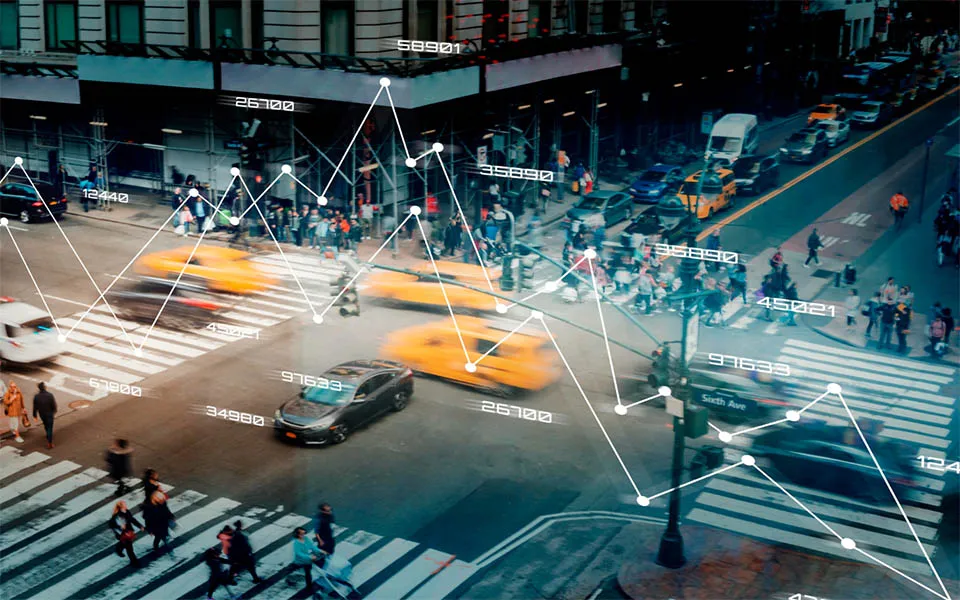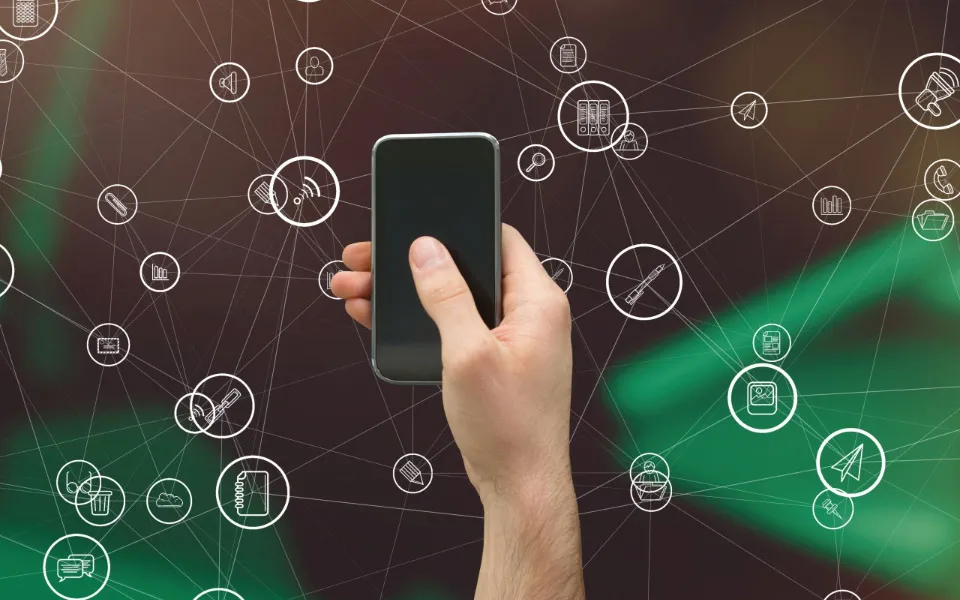Understanding IoT Connectivity: A Comprehensive Guide
In the ever-evolving landscape of the Internet of Things (IoT), the foundation of seamless communication lies in robust IoT connectivity. This article delves into the intricacies of IoT connectivity, elucidating its significance, the underlying mechanisms, and a thorough exploration of the diverse connectivity solutions available in the market.

What Is IoT Connectivity?
IoT connectivity is the lifeline that binds together the myriad devices within an organization’s IoT ecosystem, facilitating their connection to the enterprise network and enabling efficient communication among them. It serves as the digital nervous system, allowing data to flow seamlessly between sensors, devices, and the broader enterprise infrastructure.
How Does IoT Connectivity Work?
At the core of an IoT network are sensors and devices that connect to an IoT gateway or router, which, in turn, communicates wirelessly with the enterprise network. This interconnected web often extends to the cloud or on-premises edge devices within the enterprise infrastructure, where the IoT application stack resides. Each device transmits diverse data types, ranging from temperature and fluid levels to conductivity, to the network for processing.
The IoT network acts as a centralized hub, collecting and processing this data. Depending on predefined metrics, automated actions are triggered. For instance, if an IoT sensor detects low oil levels, a script can generate a maintenance request, ensuring timely intervention. This real-time data processing and automation define the essence of IoT connectivity.
IoT Connectivity Factors
Before embarking on the design of an IoT network, several critical factors merit consideration. The unique requirements of each environment shape the choice of IoT connectivity solutions.
Coverage
The extent of coverage needed for IoT connectivity varies depending on the application. While home IoT sensors may require coverage limited to indoor spaces, industrial settings demand expansive coverage, spanning thousands of square feet. Deciding what needs monitoring and its location aids in determining the wireless technology required. For instance, fleet-tracking IoT sensors might leverage cellular services for their broad range, while stationary devices within an office may rely on Wi-Fi.
Power
Assessing the power availability in locations targeted for IoT connectivity is paramount. Remote work sites, agricultural operations, and rural environments may pose challenges in terms of power options for IoT devices. Tailoring power solutions to the specific requirements of each sensor, considering location and functionality, becomes crucial. For instance, in low-power environments like farms, private cellular networks can ensure extensive coverage using cost-effective, low-power batteries.
Cost
The cost of IoT connectivity varies based on network requirements. Larger coverage areas often necessitate higher-power solutions such as Wi-Fi or cellular services, which, in turn, require additional infrastructure like access points and backhaul connections. Operations demanding ultra-low latency might opt for 5G, a relatively pricier but high-performance solution offering increased data rates, bandwidth, and capacity.
Bandwidth
The data requirements of IoT sensors vary, with some collecting and transmitting large amounts of data, including large files, videos, and live data streams. Choosing a network capable of supporting the diverse data needs of all devices is essential for seamless IoT connectivity.
Location
Considering the distance between IoT sensors and the nearest internet gateway is crucial. Short distances might make Bluetooth a viable option, while large enterprises seeking scalable solutions may opt for a private mobile network covering multiple locations simultaneously.

Types of IoT Connectivity
Private Cellular 4G LTE and 5G Networks
Private mobile networks provide reliable, long-range coverage across enterprise indoor and outdoor facilities, catering to IoT connectivity needs. Unlike commercial networks, private 4G and 5G networks offer customization options for coverage, capacity, and data rates. Ideal for large enterprises, agricultural operations, rural work sites, and those with high-capacity low-latency requirements, private cellular networks provide:
– High Reliability: Suited for sensors on vehicles, robotics, and conveyor systems.
– Security: Utilizes eSIM or physical SIM cards for authentication, ensuring encryption by default.
– Control: Allows customization of service levels, failover options, and allocation of cellular resources.
– Range: Offers extensive coverage, capturing data across large areas.
– Easy Configuration: Plug-and-play cellular access points with templated dashboards for streamlined deployment.
– Integration with Wi-Fi: Works alongside existing IT infrastructure, service-level agreements, and firewall rules.
LPWAN (Low-Power Wide-Area Networks)
Designed for low-power devices with limited bandwidth needs, LPWAN utilizes specialized cellular connections to provide ample coverage. Suited for monitoring single metrics and low-bandwidth operations, LPWAN offers:
– Wide Coverage: Requires few base stations to cover large areas.
– Low-Power Applications: Uses minimal power for data transmission.
– Limited Performance: Trade-off between lower power consumption and restricted bandwidth and data rates.
Wi-Fi
Widely adopted in businesses, Wi-Fi is a convenient option for IoT connectivity, especially within small-to-medium-sized operations. Offering moderate power consumption and coverage, Wi-Fi is suitable for stationary IoT sensors within a limited range. Key features include:
– Ease of Configuration: Many businesses already have Wi-Fi infrastructure in place.
– Moderate Coverage: Provides decent coverage for short to medium-range areas.
– Moderate Data Rate and Capacity: Supports most data rate and bandwidth requirements.
Bluetooth
Known for its ubiquity in personal devices, Bluetooth has evolved into a viable option for short-range IoT connectivity. With recent enhancements in power consumption, Bluetooth is suitable for applications requiring low power and low bandwidth within a limited range. Key features include:
– Affordability: Cost-effective option for short-range IoT connectivity.
– Limited Bandwidth: Not suitable for transmitting large amounts of data.
– Low Power Consumption: Uses cost-effective, low-power batteries.
Horizon Powered’s Role
In the rapidly evolving landscape of the Internet of Things (IoT), Horizon Powered specializes in internet connectivity devices and is significantly contributing to the seamless integration and efficiency of IoT networks. By focusing on innovation, customization, energy efficiency, security, collaboration, education, scalability, and continuous improvement, Horizon Powered devices play a pivotal role in shaping the future of IoT connectivity. Their efforts to create cutting-edge solutions, tailor devices to diverse environments, prioritize power efficiency, integrate robust security features, and provide ongoing support and education empower businesses to build and sustain robust IoT ecosystems. Through collaborative partnerships and a commitment to addressing evolving connectivity needs, connectivity device Horizon Powered not only enhances individual IoT implementations but also contribute to the broader evolution of IoT connectivity as a driving force in digital transformation.








